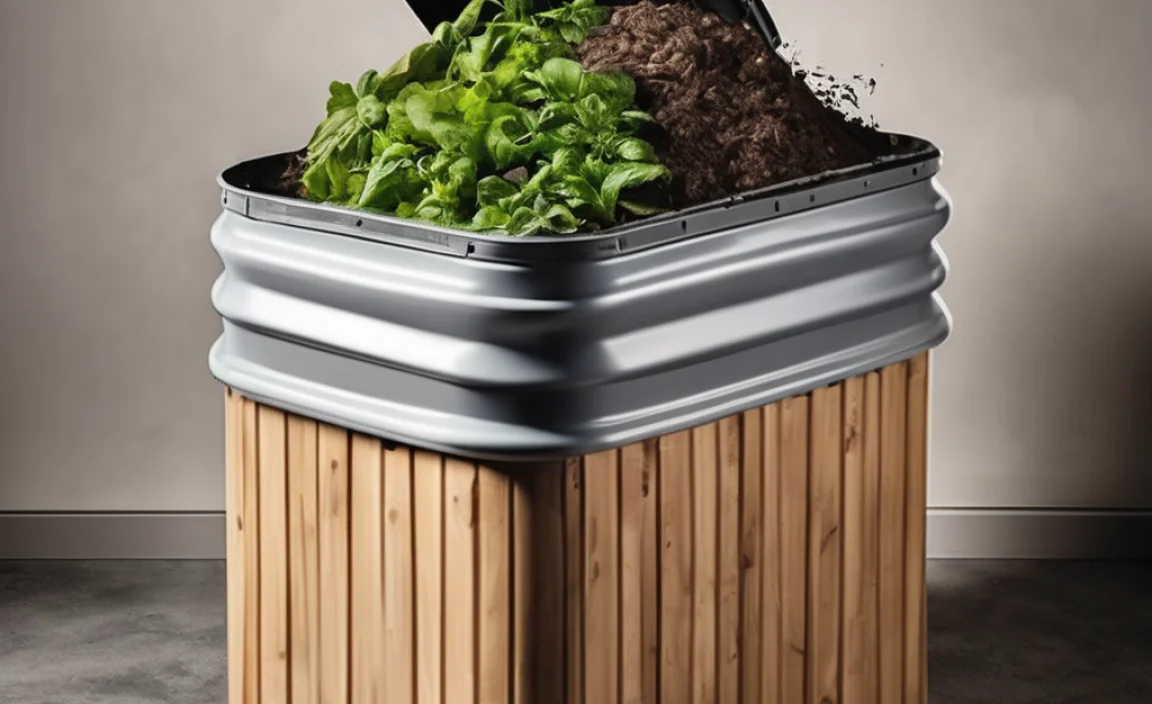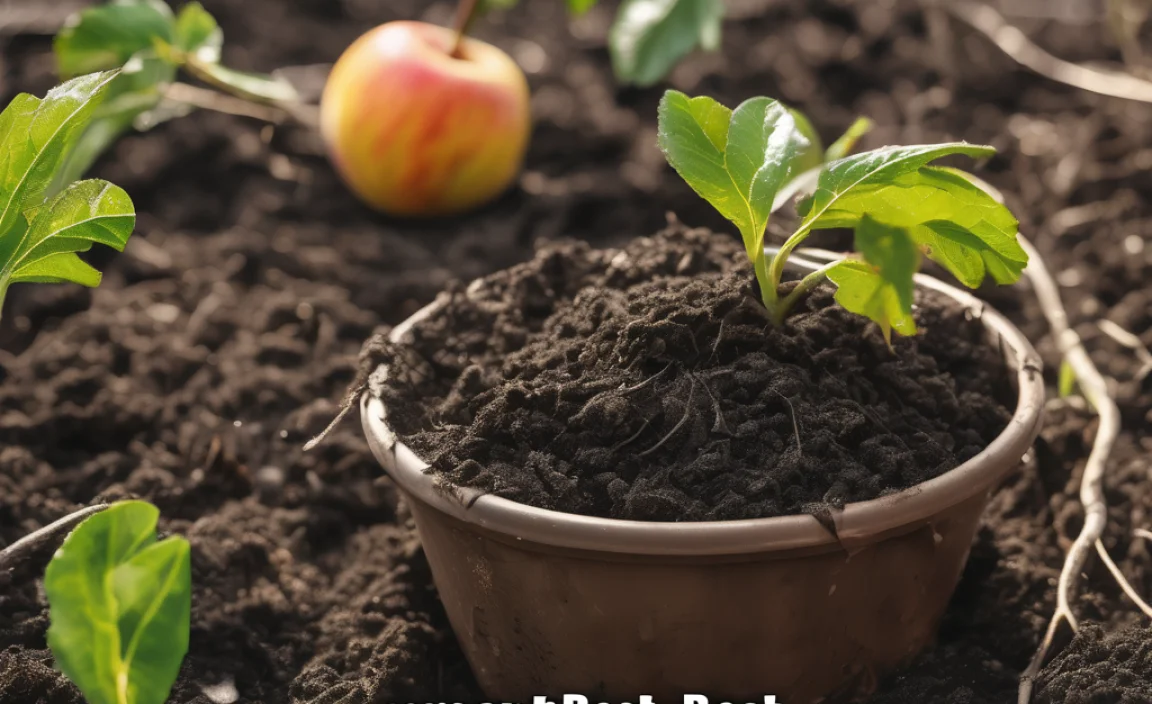Have you ever wondered how people manage their waste in an eco-friendly way? Compost toilets offer a surprising solution. They’re becoming more popular because they help the environment. But what about the compost toilet cost? Let’s explore this interesting world together.
Imagine a toilet that doesn’t need water to flush. Sounds amazing, right? Compost toilets turn waste into useful compost. They might sound fancy, but the cost might surprise you. Families and adventurers love these toilets. Read on to learn more!
Key Takeaways
- Compost toilets save water, making them eco-friendly.
- Initial compost toilet cost can range from $500 to $2000.
- They reduce pollution and help gardens grow.
- Easy to maintain with regular cleaning and care.
- Great for tiny homes, cabins, and RVs.
Understanding Compost Toilet Cost
The initial cost of a compost toilet might seem high, but it’s worth it. The price can range from $500 to $2000. This depends on the model and features. Some toilets are simple, while others are high-tech. A basic toilet might have a simple design with a bucket system. High-end models can separate liquids from solids. They might even have fans for odor control.
- Prices vary based on brand and features.
- Some toilets have self-contained systems.
- Advanced designs include ventilation fans.
- Costs include installation and maintenance.
- DIY options can reduce expenses.
Before buying, think about your needs and budget. A cabin in the woods might need a simple model. An RV might require something compact and efficient. Remember, the compost toilet cost is an investment. It helps save water and protect the environment. Choose a model that fits your lifestyle and needs.
Fun Fact or Stats : Compost toilets can save up to 6600 gallons of water per person annually.
Why Consider a Compost Toilet?
Why would someone choose a compost toilet over a regular one? Well, imagine living in a cabin in the woods. There’s no water supply, but you still need a toilet. A compost toilet becomes the perfect choice. It’s eco-friendly and doesn’t need water. Plus, it helps the environment by reducing waste. For families who love camping, it’s a fantastic option.
Compost Toilet vs. Regular Toilet
How does a compost toilet differ from a regular toilet? Regular toilets need water to flush. They send waste into the sewer system. Compost toilets don’t use water. They turn waste into compost. This compost can be used to enrich soil. Regular toilets waste water, while compost toilets save it. Isn’t that an exciting difference?
Factors Affecting Compost Toilet Costs
Why do some compost toilets cost more than others? It all depends on features. Some toilets have fans to control smells. Others separate liquid from solid waste. Brand reputation also plays a role. High-end brands might cost more but offer better quality. Consider these factors when deciding on a compost toilet for your home or adventure.
Compost Toilet Installation Costs
When installing a compost toilet, consider the cost. Installation might add to the overall price. Some models are easy to install yourself. Others might need professional help. DIY installation can save money. However, professional installation ensures everything works correctly. It’s important to follow instructions for safe installation.
- DIY installation can save money.
- Professional help ensures proper setup.
- Check reviews before purchasing a model.
- Consider available space for installation.
- Installation costs vary by complexity.
Before starting the installation, gather all necessary tools. Read the manual carefully. If the task seems too difficult, call a professional. Proper installation ensures your toilet works effectively. It also guarantees safety and comfort. The installation cost is a crucial part of the compost toilet cost.
Fun Fact or Stats : Many people install their compost toilets in just a few hours!
DIY vs. Professional Installation
Should you install the toilet yourself or hire a pro? If you love DIY projects, try installing it yourself. But what if you’re unsure about plumbing or electricity? In that case, a professional can help. They have the skills and tools to set it up right. Choosing between DIY and a pro depends on your comfort level and budget.
Preparing Your Space
Before installing your compost toilet, prepare the space. Measure the area to ensure the toilet fits. Clear out any obstacles. Make sure there’s enough ventilation. If you’re setting it up in a tiny home or RV, space is crucial. Planning ahead makes installation smoother and faster.
Tools Needed for Installation
What tools do you need to install a compost toilet? You’ll need a screwdriver, drill, and level. A measuring tape helps ensure accuracy. Some installations might require a saw for cutting. Gather all tools before you start. Having everything ready makes the process easier and more enjoyable.
| Tool | Purpose |
|---|---|
| Screwdriver | Tightening screws and bolts. |
| Drill | Making holes for screws. |
| Level | Ensuring the toilet sits evenly. |
| Measuring Tape | Measuring space and dimensions. |
Maintenance and Operating Costs
Once you have a compost toilet, maintenance is key. Regular cleaning keeps it fresh and functional. This requires minimal effort, mostly emptying the compost chamber. Some people worry about smells. Proper ventilation prevents any odors. Also, using the right materials helps. Sawdust or coconut coir are great for absorbing moisture.
- Regular cleaning is essential.
- Use sawdust to control odors.
- Ensure proper ventilation.
- Check the waste level regularly.
- Replace parts as needed.
Maintenance costs are low, but they add to the compost toilet cost over time. Keeping it clean ensures the toilet lasts longer. Follow the manufacturer’s guidelines for the best results. Remember, a well-maintained toilet is comfortable and eco-friendly. Enjoy the peace of mind knowing you’re helping the planet!
Fun Fact or Stats : Properly maintained compost toilets last for over a decade!
Cleaning Tips
Keeping your compost toilet clean is crucial. Begin by emptying the compost chamber regularly. Add sawdust or coconut coir to absorb moisture. This helps maintain a fresh scent. Wipe down surfaces with a mild cleaner. Regular cleaning keeps your toilet running smoothly. Plus, it ensures your bathroom smells pleasant!
How to Avoid Odor Issues
Are you worried about odors from your compost toilet? Don’t be! Proper ventilation is key. Install a fan if needed. Add sawdust to absorb moisture and control smells. It’s also important to empty the chamber regularly. With these steps, odors won’t be a problem. Enjoy a fresh and clean bathroom environment!
Materials to Use
What materials work best with compost toilets? Sawdust and coconut coir are top choices. Both absorb moisture and control odors. They’re easy to find and use. Simply sprinkle them over the waste after each use. This keeps the toilet fresh and efficient. Choose natural materials to help your compost toilet work best.
Environmental Benefits of Compost Toilets
Compost toilets offer many environmental benefits. They save water, which is crucial in dry areas. By converting waste to compost, they reduce landfill contributions. This compost can enrich soil and promote plant growth. Gardens benefit from the nutrients this compost provides. Additionally, using a compost toilet decreases water pollution.
- They save thousands of gallons of water.
- Reduce waste sent to landfills.
- Create nutrient-rich compost for plants.
- Decrease water pollution risk.
- Help sustain natural resources.
Choosing a compost toilet helps the planet. It supports a more sustainable lifestyle. By reducing waste and saving water, you make a difference. Your garden benefits from the nutrient-rich compost. Enjoy the satisfaction of helping the environment while meeting your needs. The environmental benefits are a compelling reason to consider the compost toilet cost.
Fun Fact or Stats : Compost toilets can turn waste into soil in just a few months!
Saving Water
One major benefit of compost toilets is water conservation. Regular toilets waste gallons of water with each flush. Compost toilets use none. This is vital in areas with limited water resources. Imagine the impact if everyone saved water this way. It’s a simple yet effective step toward sustainability!
Enriching Soil
Do you know how compost benefits soil? It adds nutrients that plants love. Compost from toilets can do the same. Once fully processed, it enriches the garden soil. This leads to healthier plants and better yields. It’s a natural way to boost your garden’s health. Enjoy watching your plants thrive!
Reducing Waste
How do compost toilets reduce waste? Regular toilets send waste to sewers. Compost toilets turn waste into useful compost. This reduces landfill contributions. It’s an eco-friendly solution that lessens our environmental footprint. By choosing a compost toilet, you help reduce waste and promote sustainability.
Conclusion
Choosing a compost toilet is a smart, eco-friendly decision. The compost toilet cost might seem high initially. However, the benefits outweigh the expense. You’ll save water, reduce waste, and help the environment. It’s a great choice for homes, cabins, and RVs. Consider your needs and pick the best model for you.
FAQs
Question: What is the average compost toilet cost?
Answer: The average compost toilet cost ranges from $500 to $2000. Prices depend on features and brands. Basic models are more affordable, while advanced ones cost more.
Question: How do compost toilets work?
Answer: Compost toilets turn human waste into compost. They use natural processes, like decomposition, without water. Sawdust or coconut coir helps control moisture and odor. The waste eventually becomes nutrient-rich compost.
Question: Are compost toilets safe for indoor use?
Answer: Yes, they are safe for indoor use. With proper maintenance, they don’t produce odors. Ventilation and regular cleaning are key. Many people use them in homes, cabins, and RVs comfortably.
Question: What materials help reduce compost toilet smells?
Answer: Sawdust and coconut coir are great for controlling smells. They absorb moisture and help with odor control. Regularly adding these materials keeps the toilet fresh and pleasant.
Question: Can I install a compost toilet myself?
Answer: Yes, many people install them themselves. DIY installation can save money on the overall compost toilet cost. However, hiring a professional ensures correct setup and safety. Choose based on your comfort level and skills.
Question: How often should I empty a compost toilet?
Answer: It depends on usage and toilet capacity. Regular checks help you know when to empty it. Most people empty it every few weeks. Keeping track prevents overflow and ensures smooth operation.


